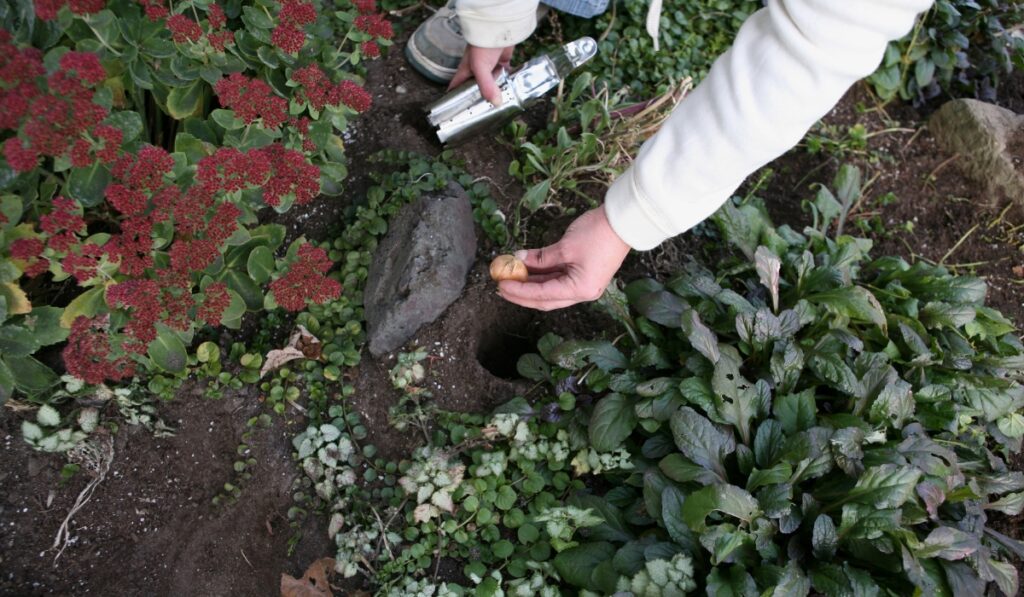Posts Tagged fall landscaping
September Lawn Recovery: Repairing Summer Damage for a Greener Fall

1. Aerate Your Lawn to Relieve Compaction
2. Overseed Thin or Bare Areas
3. Feed Your Lawn for Recovery
4. Address Weeds and Thatch
5. Water Consistently During Recovery
6. Maintain Good Lawn Practices
Trust the Experts for Lasting Results
Fall Landscaping Prep: Preparing Your California Yard for the Changing Season

As the summer sun begins to soften and the days grow shorter, it’s time to shift our focus to fall landscaping preparation. At DK Landscaping, we understand the importance of transitioning your yard smoothly into the cooler months, ensuring a healthy and beautiful landscape that thrives through winter and bursts with life come spring.
Cleaning Up Summer Debris
The first step in fall landscaping prep is a thorough cleanup. Remove any fallen leaves, spent flowers, and debris from your yard. This not only tidies up the space but also helps prevent pests and diseases from overwintering. Pay close attention to areas around trees and shrubs, where fallen leaves can accumulate and create a damp environment that encourages fungal growth.
Preparing Soil for Fall Planting
Fall is the perfect time to revitalize your soil and prepare it for new plantings. Incorporate organic matter like compost or well-rotted manure into your garden beds. This improves soil structure, drainage, and nutrient content, providing a nourishing environment for your plants to establish strong roots.
Protecting Plants from Early Frosts
While California enjoys relatively mild winters, early frosts can still occur, especially in inland areas. Take preventative measures to protect sensitive plants:
- Covering: Use frost blankets or burlap to cover tender plants during cold nights.
- Mulching: Apply a thick layer of mulch around the base of plants to insulate the roots and protect them from freezing temperatures.
- Moving Container Plants: Bring potted plants indoors or to a sheltered location to shield them from frost.
Additional Fall Landscaping Tips
- Lawn Care: Aerate your lawn to improve drainage and reduce compaction. Overseeding can help thicken thin or bare spots.
- Pruning: Prune summer-flowering shrubs and trees after they finish blooming to encourage new growth in the spring.
- Irrigation: Adjust your watering schedule to accommodate cooler temperatures and reduced plant needs.
- Pest and Disease Control: Monitor your plants for signs of pests and diseases, and take action as needed.
DK Landscaping: Your Partner in Fall Landscape Preparation
Preparing your landscape for fall can be a daunting task, but DK Landscaping is here to help. Our team of experienced professionals can assist with everything from debris removal and soil preparation to plant protection and winterization. We’ll ensure your yard is ready to face the changing seasons and emerge healthy and vibrant in the spring.
Contact us today for a free consultation and let’s get your landscape ready for a beautiful fall and winter.
Remember, fall is a time of transition and renewal in the garden. By taking the necessary steps to prepare your landscape now, you’ll set the stage for a thriving and beautiful garden in the seasons to come.





